Products
Baking aids
Our products
6 results
Clear Glaze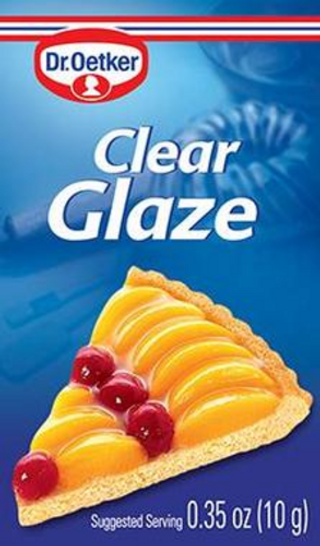
Baking aids
Clear Glaze
See Product
Whip It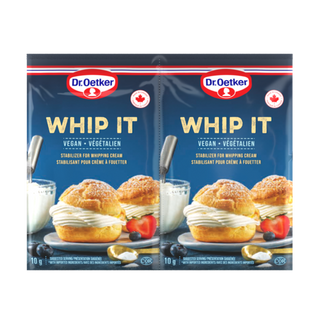
Baking aids
Whip It
See Product
Natural Vanilla Sugar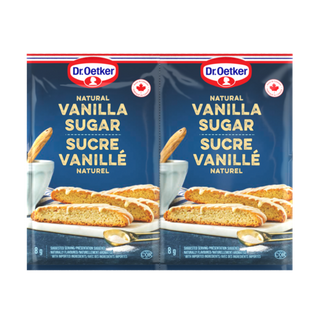
Baking aids
Natural Vanilla Sugar
See Product
Baking Powder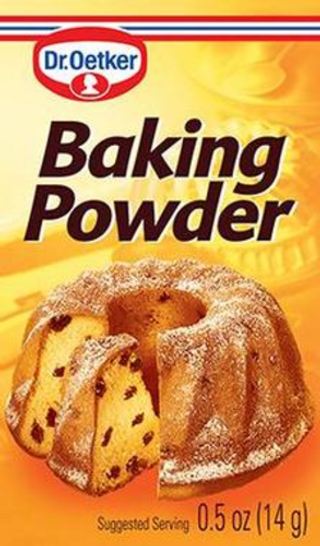
Baking aids
Baking Powder
See Product
Instant Dry Yeast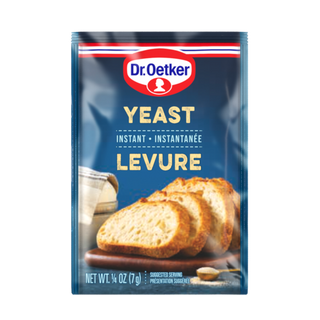
Baking aids
Instant Dry Yeast
See Product
Original Vanilla Sugar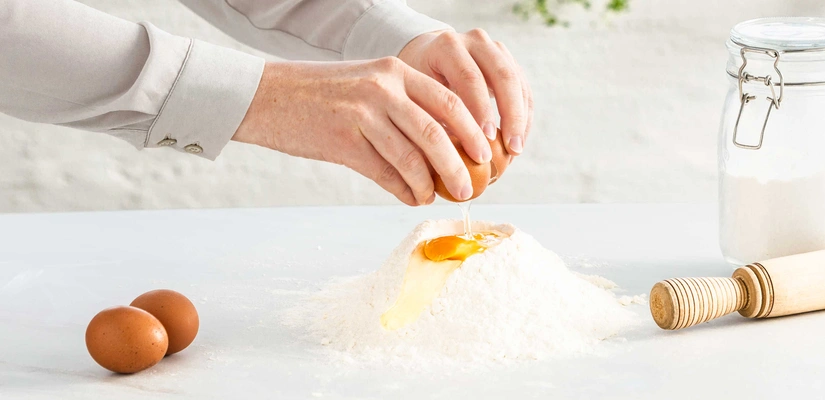

Baking aids
Original Vanilla Sugar
See Product